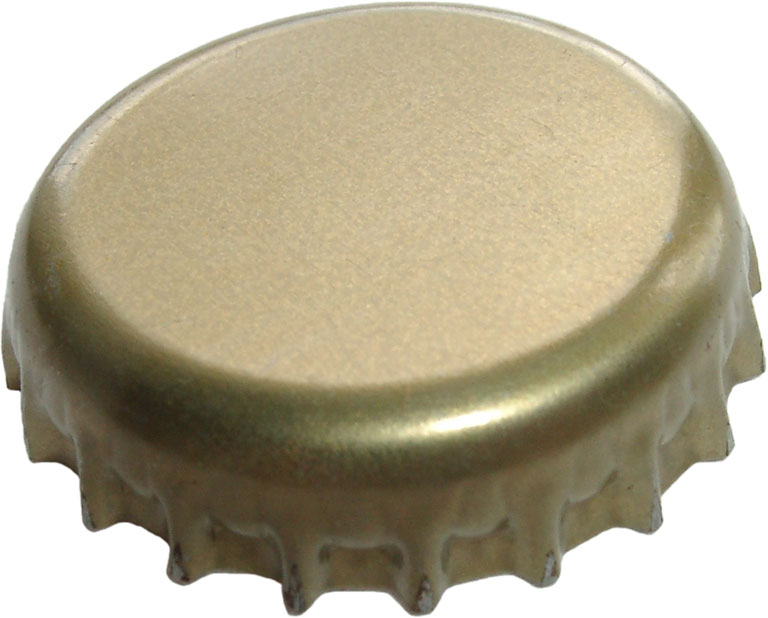Inventor of the soda cap: William Painter
William Painter started life as an apprentice in a leather factory at the age of 17. During his 4 year apprenticeship here, he made his first two inventions; He built a ticket cutting machine that can give change and a train seat that can be folded into a bunk.

He patented the counterfeit money detector in 1862 and the gas lamp in 1863. In the metal cutting workshop where he worked, he invented 35 tools and equipment to be used in the industry for twenty years.
William Painter (November 20, 1838 – July 15, 1906) was an American mechanical engineer, inventor and the founder of Crown Holdings, Inc., a Fortune 500 company. He most notably invented the crown cork bottle cap and bottle opener.
However, Painter's greatest invention was the soda cap. In the 19th century, bottling carbonated drinks was a separate problem. Because the pop-up drinks were popping out the traditional stopper. In 1880 Painter decided to solve this problem. In April 1885, his patent application for a reusable bottle stopper called Triumph was granted. In September that year, he patented a disposable stopper that cost one-tenth of Triumph, and was an instant success, but invalidating his previous invention.
Gillette, while working as a marketer for Painter as an aspiring inventor, heard this advice: “Invent something that can be thrown away once used. So the customer will come back to buy a new one.”
The bottle cap is still used without changing its essence, even 110 years after its invention.
In the document of the patent for the bottle cap, William Painter suggested some household tools such as a knife, screwdriver, nail, ice pick to open the cap he produced.
Thinking that he still could not find the best solution, Painter continued his work and made the first bottle cap in 1891. The invention was so successful that even after 110 years it is still used without changing its essence.
According to the “razor blade principle” or “Gillette principle” that marketers often talk about today, “a disposable product creates its own market in the form of renewal.” Although the principle refers to Gillette and his invention, it is not actually Gillette who thinks about it.
